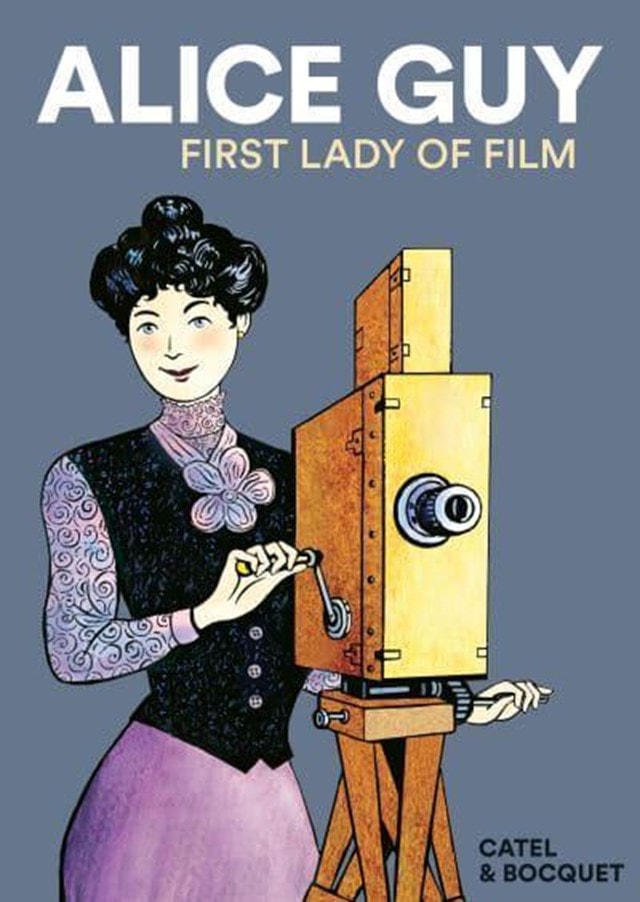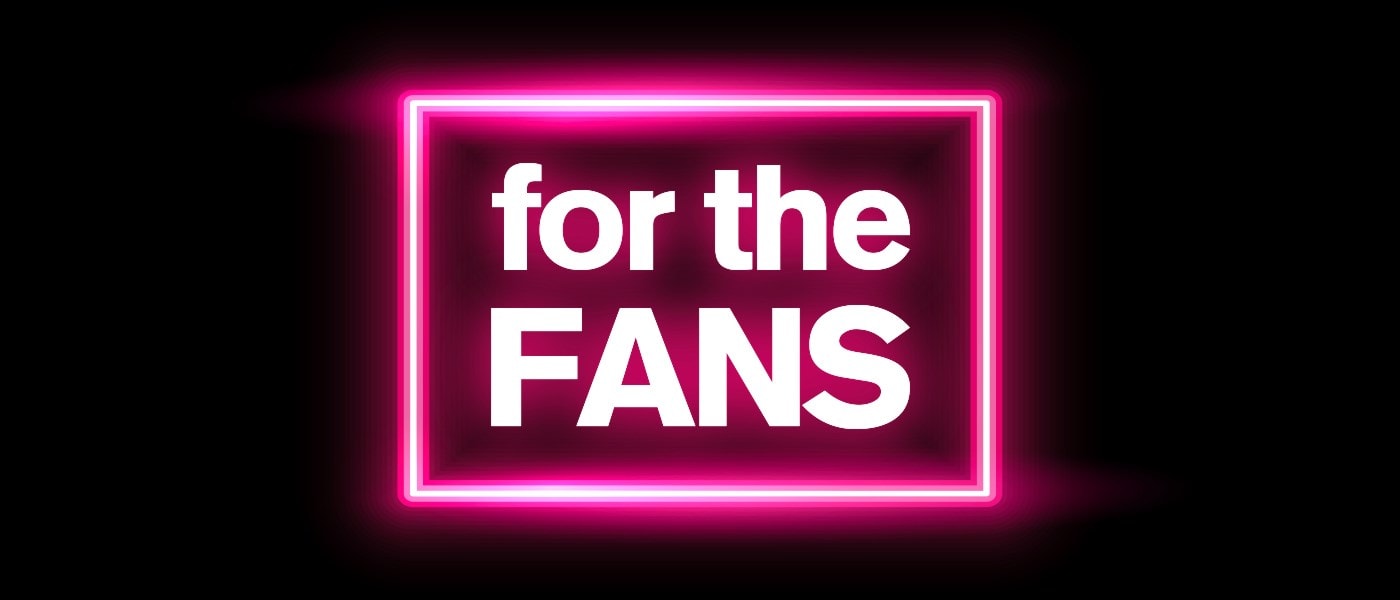In 1895, the Lumiere brothers invented the cinematograph. Less than a year later, 23-year-old Alice Guy, the first female filmmaker in cinema history, made The Cabbage Fairy, a 60-second movie, for Leon Gaumont, going on to direct over 300 films before 1922. Her life is a shadow history of early cinema, the chronicle of an art form coming into its own. A free and independent woman, rubbing shoulders with luminaries such as Georges Melies and the Lumieres, she was the first to define the professions of screenwriter and producer. She directed the first feminist satire, then the first sword-and-sandal epic, before crossing the Atlantic in 1907 to become the first woman to found her own production company in New Jersey. Alice Guy died in 1969, excluded from the annals of film history. In 2011, Martin Scorsese honoured this cinematic visionary, "forgotten by the industry she had helped create", describing her as "a filmmaker of rare sensitivity, with a remarkable poetic eye and an extraordinary feel for locations". The same can be said of Catel & Bocquet's luminous account of her life.

